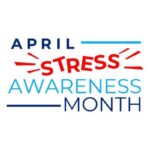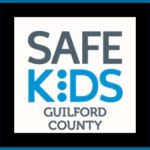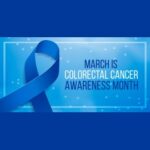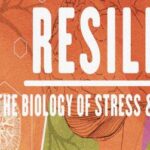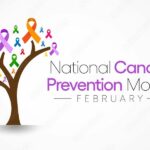Club Drugs
Brief Description
 Club drugs tend to be used by teenagers and young adults at bars, nightclubs, concerts, and parties. Club drugs include GHB, Rohypnol®, ketamine, and others. MDMA (Ecstasy), Methamphetamine, and LSD (Acid), are considered club drugs and are covered in their individual drug summaries.
Club drugs tend to be used by teenagers and young adults at bars, nightclubs, concerts, and parties. Club drugs include GHB, Rohypnol®, ketamine, and others. MDMA (Ecstasy), Methamphetamine, and LSD (Acid), are considered club drugs and are covered in their individual drug summaries.
- GHB (Xyrem) is a central nervous system (CNS) depressant that was approved by the Food and Drug Administration (FDA) in 2002 for use in the treatment of narcolepsy (a sleep disorder). This approval came with severe restrictions, including its use only for the treatment of narcolepsy, and the requirement for a patient registry monitored by the FDA. GHB is also a metabolite of the inhibitory neurotransmitter gamma-aminobutyric acid (GABA). It exists naturally in the brain, but at much lower concentrations than those found when GHB is abused.
- Rohypnol (flunitrazepam) use began gaining popularity in the United States in the early 1990s. It is a benzodiazepine (chemically similar to sedative-hypnotic drugs such as Valium or Xanax), but it is not approved for medical use in this country, and its importation is banned.
- Ketamine is a dissociative anesthetic, mostly used in veterinary practice.
GHB is usually ingested orally, either in liquid or powder form, while Rohypnol is typically taken orally in pill form. Recent reports, however, have shown that Rohypnol is being ground up and snorted.
Both GHB and Rohypnol are also abused for their intoxicating effects, similar to other CNS depressants.
GHB also has anabolic effects (it stimulates protein synthesis) and has been used by bodybuilders to aid in fat reduction and muscle building.
Ketamine is usually snorted or injected intramuscularly.
Rohypnol, like other benzodiazepines, acts at the GABAA receptor. It can produce anterograde amnesia, in which individuals may not remember events they experienced while under the influence of the drug.
Ketamine is a dissociative anesthetic, so called because it distorts perceptions of sight and sound and produces feelings of detachment from the environment and self. Ketamine acts on a type of glutamate receptor (NMDA receptor) to produce its effects, which are similar to those of the drug PCP.1,2 Low-dose intoxication results in impaired attention, learning ability, and memory. At higher doses, ketamine can cause dreamlike states and hallucinations; and at higher doses still, ketamine can cause delirium and amnesia.

Addictive Potential
 Repeated use of GHB may lead to withdrawal effects, including insomnia, anxiety, tremors, and sweating. Severe withdrawal reactions have been reported among patients presenting from an overdose of GHB or related compounds, especially if other drugs or alcohol are involved.3
Repeated use of GHB may lead to withdrawal effects, including insomnia, anxiety, tremors, and sweating. Severe withdrawal reactions have been reported among patients presenting from an overdose of GHB or related compounds, especially if other drugs or alcohol are involved.3
Like other benzodiazepines, chronic use of Rohypnol can produce tolerance, physical dependence, and addiction.
There have been reports of people binging on ketamine, a behavior that is similar to that seen in some cocaine- or amphetamine-dependent individuals. Ketamine users can develop signs of tolerance and cravings for the drug.
Health Concerns
Uncertainties about the sources, chemicals, and possible contaminants used to manufacture many club drugs make it extremely difficult to determine toxicity and associated medical consequences. Nonetheless, we do know that:
Coma and seizures can occur following use of GHB. Combined use with other drugs such as alcohol can result in nausea and breathing difficulties. GHB and two of its precursors, gamma butyrolactone (GBL) and 1,4 butanediol (BD), have been involved in poisonings, overdoses, date rapes, and deaths.
Rohypnol may be lethal when mixed with alcohol and/or other CNS depressants.
Ketamine, in high doses, can cause impaired motor function, high blood pressure, and potentially fatal respiratory problems.
Source: NIDA (National Institute on Drug Abuse)




